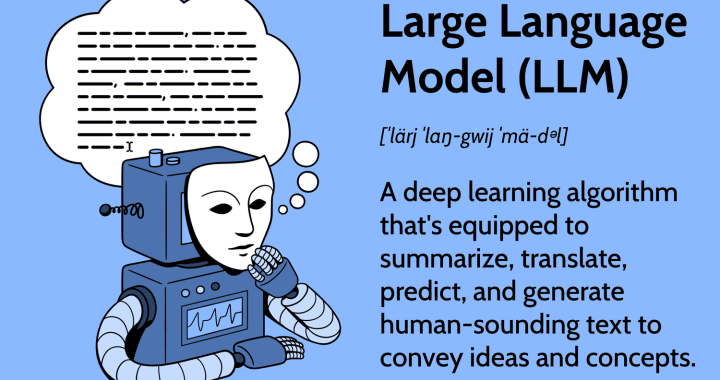This blogger knows he is about to walk through a room cluttered with cliches (ex, “Art for art’s sake,” “Business is an art,” “Selling out,” “Get ya money”), but stepping past each one, eyeing them a second, so as to reach the clear corner of the room, to breathe.
Today’s target vocabulary: Artistic prostitution, n, a condition in which the fruits of an artist become mere commodities, to profit Johns, Joannas, Pimps and public, at the cost of the artist’s individuality, integrity, or happiness.
A story.
On the highway to Stonehenge some months ago, in a car full of debate and complaint, my parents up front, my brother and I in the back: we spoke from the heart about the topics that troubled us.
Issues of, not really issues but, questions about marketing, about business, about promotion, about money and its role in art spun around us. The destination and setting could have been anywhere. Nevertheless, something about going to see someone else’s ancestors’ pile of rocks — $20+ entry fee, well-marketed — lent our discussion the right air.
My brother has a food-packing business, and knows a thing or two about marketing in his industry.
Meanwhile, I, on a not so different path, had brought up this idea of art in business, asking my mother, Is the expectation for artists only to please; when she reminded me that all professions share similar challenges. The need to be pleased, she noted, like the desire to please, is simply a human drive.
Enter money. How to balance our needs and desires, when upon us rest the expectations of others, the demands of daily life, or just plain reality. Money is a great motivator, tempting.
I’m finding out the hard way that it takes not only time and isolation but commitment and social capital to go full speed ahead on a venture that presumes interacting with the real world, a world at times dictated by the dollar.
The Bottom Line.
Only the naive claim artists needn’t meet consumers on an level playing field, i.e. the market; like implying that buyers don’t need sellers, or businesses don’t need communities. Artists called artists must meet consumers who do the calling. (Do you call yourself an artist? You must consume your art, huh.) So, there, artists need consumers, and Art needs Money. Supplies? Beer? Launch parties? (As no one needs to point out, money needs art, too. Literally, and figuratively.)
Along these lines, my father brought up a pointed example: the protagonist, Howard Roark, in the Ayn Rand book about so many things, including the apparent battle between art vs business. Roark: volatile, persnickety, and dramatic. Someone my father has been compared to, erroneously, according to him, a level man. “I don’t know why,” my father added, “folks compare us, because Roark goes against his clients, and if you want to earn a living, you need to provide the client a service.”
Insert your definition of service. Remember the title?
Artistic Prostitution.
My mother chimed in and recounted the part in Roark’s career (which makes me want to read the book) where Roark is asked to use a cheap material, or other, in the design of a building. That is, the client wants to save money. Although I haven’t read the book (. . . yet) I remember one of two things happening: either the contractors fire Roark and end up buying the cheap materials, which leads to the death of many innocent people. Or Roark successfully, and subversively, goes with the architecturally sound, and therefore more expensive, building materials, which leads to the saving of many innocent people’s lives.
In both cases we see the conflict between client and professional. Also, in both cases, the company existed only to cash in on a lucrative development, whereas Roark, we know, dedicates his life to the trade, not to say he lives and breathes architecture with every fiber of his being.

The moral of the story is that just because you are the client, that doesn’t make it ok to bulldoze every other consideration on the road to making a buck: you can’t say forget art, forget customers, forget the environment, forget etc.
And yet the question remains, what is a struggling artist to do, when he must provide a service, must deliver, but can’t because no one pays attention, or he won’t because he won’t realize another person’s project.

No one just asks “How do I attract attention,” because we know. What we really want to know is, “How do I attract attention while being myself.”
I just remembered why I brought this all up, it wasn’t to tell that story, though it certainly opens the curtain, if you will, to what is really on my mind.
That, 1, expectations, needs, greed are human attributes. Not just writers, but all professions, face the laws of supply and demand, of providing a service. The very fact that “artistic prostitution” works so well as a metaphor isn’t necessarily because writers spread their legs more or less than anyone else. No one wants to sell out, though it feels like everyone else wants you to, sometimes.
Additionally, 2, when an artist feels the threat of compromise he or she would do well to remember this: you can say No. Say Yes, however, and a handshake follows. You meet halfway. Producing work for a customer, ideally, would align with your business goals, would benefit from mutual taste, would etc. Ideally. Sometimes — as in, this is the hard lesson learned I mentioned earlier — a work that is intended for other people, where you put in everything and all of you, just isn’t flying off the shelves yet, you find yourself deciding what lipstick to put on, how long to keep the red light on, flexing a bicep here and there, fluttering those marketing eyes.
Hope.
But there’s hope. Final point, 3, thinking about something David Foster Wallace wrote about television, the king of mass consumption, is when this issue, I mean question, becomes especially interesting, because it examines human drives and desires. What do most people want to watch, asks the producer. By definition, the common denominator among large groups of people isn’t the refined, the erudite, the sophisticated, the technical (the shit I actually care about, or that you actually care about, or anyone does), because what makes us special or feel special categorizes us into separate demographics. While what unites us, what makes us a collective pool, is the most base of base interests.
Fart jokes.
Sex.
Food.
Love.
Stupid memes.
Pets.
Coffee, yoga.
Happy endings?
In the end, do what you do. Screw what you screw. Produce. Be an artist. Make art for yourself, for your lover, for your costumer, and for the world.
But, please, above all, remember: what did our boy who should be on the penny once say? Have style, baby. Have style.




